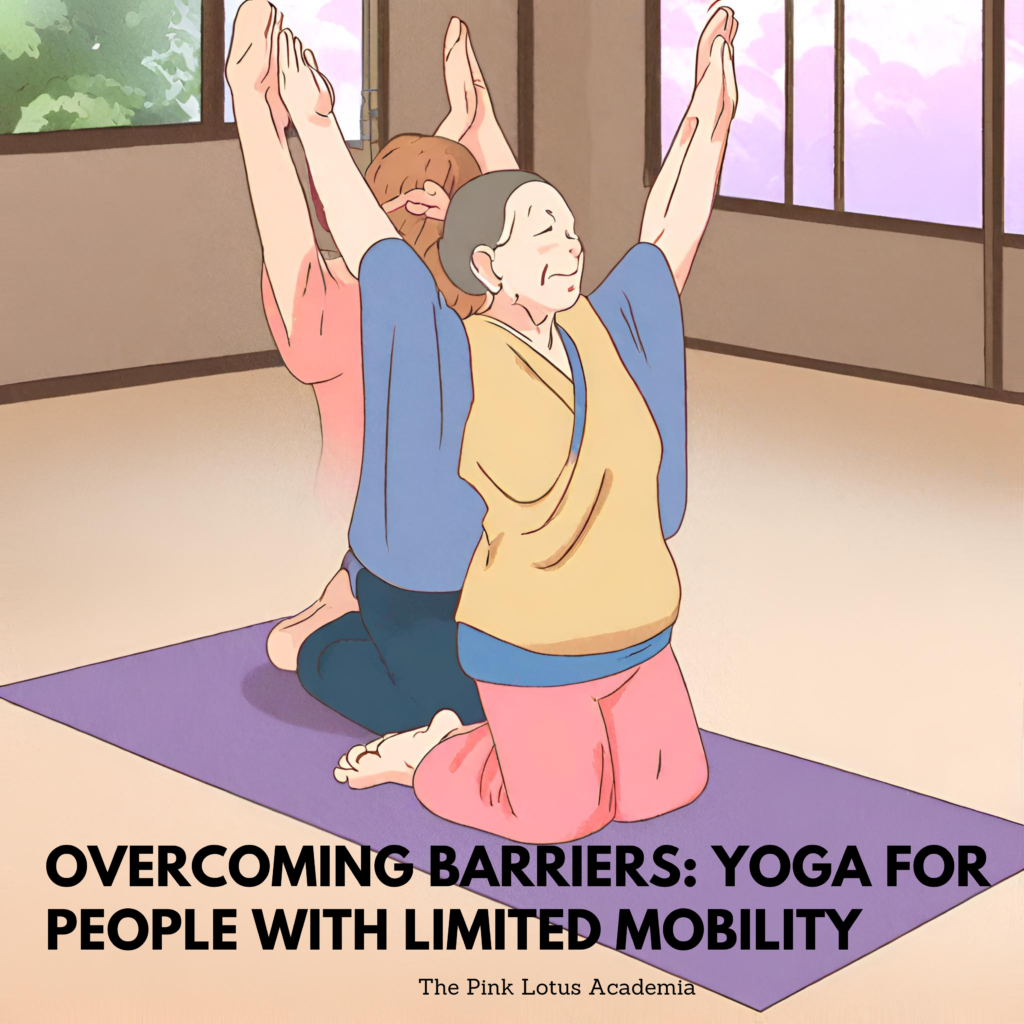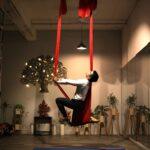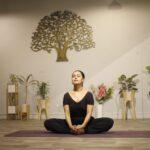Yoga is a practice that offers numerous benefits for both the body and mind, and it is crucial to ensure that these benefits are accessible to everyone, including those with limited mobility. This article will discuss various modifications and advice for making yoga practice feasible and enjoyable for individuals facing physical limitations.
Understanding Limitations
The first step in creating an accessible yoga practice is to understand the specific limitations of the individual. Limited mobility can result from a variety of conditions, including but not limited to arthritis, paralysis, muscular dystrophy, multiple sclerosis, and injury recovery. Each condition may require different modifications.
Essential Principles
- Safety First: Always consult with healthcare providers before beginning any new exercise program, including yoga.
- Individual Adaptation: Customize poses to individual needs rather than forcing the body into “standard” poses.
- Use of Props: Yoga props such as blocks, straps, and cushions can be used to support the body and make certain poses more accessible.
- Focus on Breathing: The breath is central to yoga and can be a powerful tool for those with limited mobility.
Modified Yoga Poses
Chair Yoga: Many yoga poses can be adapted to a seated position in a chair. This is particularly beneficial for those who have difficulty standing or balancing.
- For instance, the seated mountain pose can help in maintaining spine health.
- Arm raises can improve upper body strength and flexibility.
Supine Poses: Lying down on a yoga mat can make certain poses easier to perform.
- Leg lifts can strengthen the core and improve leg mobility.
- A supine twist can aid in spinal flexibility.
Wall Yoga: Using a wall for support can provide stability during standing poses and stretches.
- Wall push-ups can build upper body strength without the risk of falling.
- A standing hamstring stretch at the wall can increase flexibility with support.
Practices Beyond Physical Poses
Pranayama (Breathing Exercises): This is the practice of controlling the breath, which is the source of our prana, or vital life force.
- Simple breathing techniques such as “Three-Part Breath” can be calming and accessible for most individuals.
Meditation and Mindfulness: These practices can be beneficial for mental health and can be performed without any physical movement.
Guided Imagery and Visualization: This can be a powerful practice for those who may not be able to engage in physical poses but can imagine the positions and feel the benefits mentally and emotionally.
Building a Routine
- Start Slow: Begin with a few simple poses or breathing exercises, gradually increasing the duration and complexity.
- Regular Practice: Consistency is key in any yoga practice. Encourage regular sessions, even if they are brief.
- Integrate Into Daily Life: Yoga principles of mindfulness and breath control can be applied to daily activities, extending the benefits beyond the mat.
Seeking Professional Guidance
- Work with a Specialist: Consider finding a yoga instructor who specializes in adaptive yoga or therapeutic yoga.
- Physical Therapy: Some physical therapists are trained in yoga and can integrate it into a rehabilitation program.
Technology as an Aid
- Online Classes: There are numerous online resources and classes specifically designed for people with limited mobility.
- Apps: Several apps provide customized yoga routines for people with different abilities.
Community and Support
- Group Classes: Participating in group classes, if possible, can provide a sense of community and support.
- Online Communities: Many online forums and groups offer a space to share experiences and advice.
The Mental Aspect
Yoga is not solely a physical practice; the mental benefits are equally important. For those with limited mobility, the focus on mental clarity, stress reduction, and emotional balance can be incredibly beneficial.
The Bottom Line
Yoga is for everyone. With the right modifications, guidance, and mindset, individuals with limited mobility can experience the many benefits of yoga. It is about adaptation and finding what works for each individual, emphasizing the connection between mind, body, and spirit.
Closing Thoughts
Yoga’s adaptability is what makes it such a valuable practice for people of all abilities. The most important thing is to honor where one is at physically and mentally, and to use yoga as a tool to enhance overall wellbeing. With patience, creativity, and persistence, yoga can be a rewarding and inclusive practice for those with limited mobility.
Instagram: @thepinklotusacademia
Facebook: @thepinklotusacademia
Faculty:Kaavita Das
Enquire Now: Click Here
Yoga Apparells: https://amzn.to/47rLhVl
Learn more: The Pink Lotus Academi













